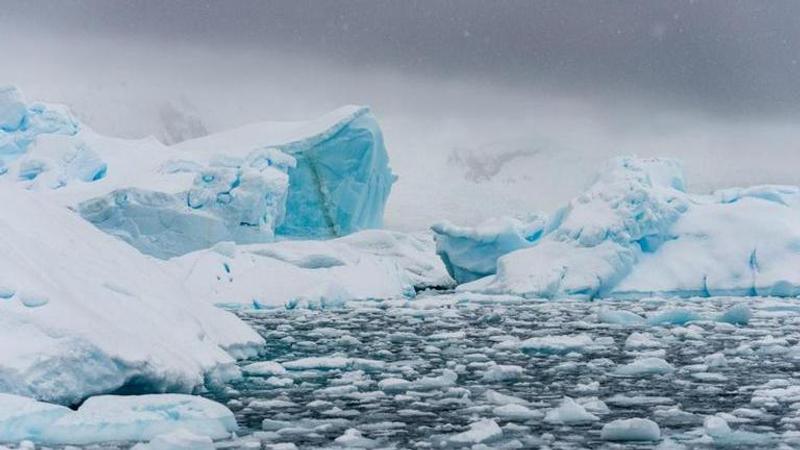Published 16:55 IST, September 2nd 2020
Earth's ice sheet tracking UN's worst-case scenarios for sea level rise
Earth's ice sheet have increased melting rates which have raised the global sea level by 1.8cm, suggests a study by scientists from the University of Leeds.

Scientists from the University of Leeds and the Danish Meteorological Institute, in a recent study said that since the 1990s, ice sheets in Greenland and Antarctica whose melting rates are increasing rapidly have raised the global sea level by 1.8cm. Also, these levels are matching the Intergovernmental Panel on Climate Change's worst case climate warming scenarios. Researchers said that if the rates continue to increase at this pace the sea levels are expected to rise by a further 17cm and that can expose approximately 16 million people to coastal flooding by the end of the century.
The main cause of global warming
As a part of the study, the ice sheets were first monitored by satellite in the 1990s, pushing the global sea levels up by 7.2mm. The lead author of the study and climate researcher at the Centre for Polar Observation and Modelling at the University of Leeds, Dr Tom Slater said that “Although we anticipated the ice sheets would lose increasing amounts of ice in response to the warming of the oceans and atmosphere, the rate at which they are melting has accelerated faster than we could have imagined”. He added that "The melting is overtaking the climate models we use to guide us, and we are in danger of being unprepared for the risks posed by sea level rise”.
Dr Anna Hogg, study co-author and climate researcher in the School of Earth and Environment at Leeds, said “If ice sheet losses continue to track our worst-case climate warming scenarios we should expect an additional 17cm of sea level rise from the ice sheets alone. That's enough to double the frequency of storm-surge flooding in many of the world's largest coastal cities”. The study which has been published in a study in the journal Nature Climate Change, compares the results from satellite surveys from the Ice Sheet Mass Balance Intercomparison Exercise with calculations from climate models.
As per the study, global sea levels have increased due to a mechanism called thermal expansion. Using this mechanism, the volume of seawater expands when it gets warmer. However, in the past 5 years, ice melt from the ice sheets and mountain glaciers has overtaken global warming. This has become the main cause of the surging sea levels. Co-author and climate researcher at the Danish Meteorological Institute, Dr Ruth Mottram said that “It is not only Antarctica and Greenland that are causing the water to rise. In recent years, thousands of smaller glaciers have begun to melt or disappear altogether, as we saw with the glacier Ok in Iceland, which was declared "dead" in 2014. This means that melting of ice has now taken over as the main contributor of sea level rise”.
(Image Credits: Unsplash)
Updated 16:55 IST, September 2nd 2020



